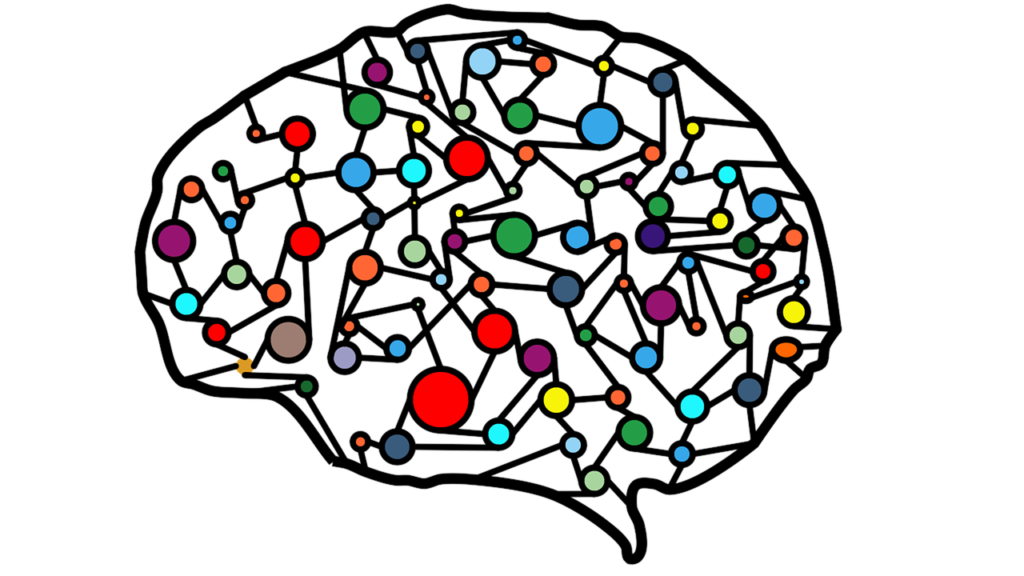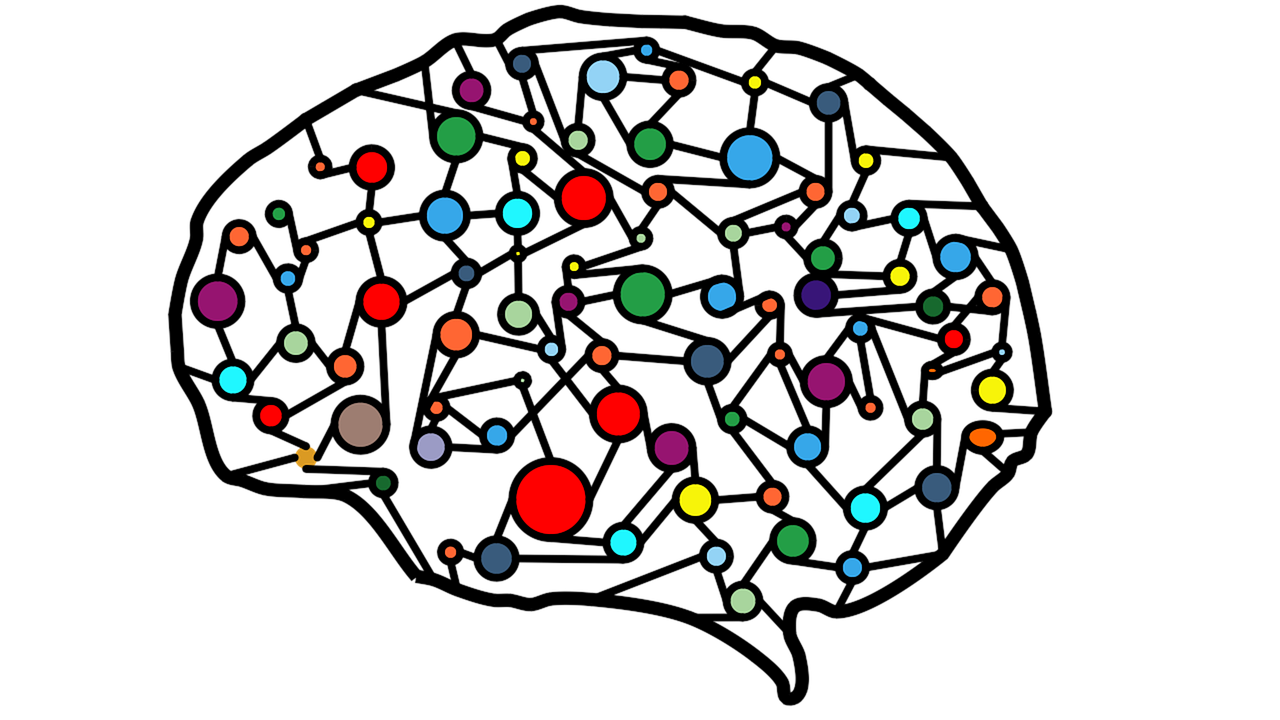Machine learning is a fascinating technology that has significantly transformed various industries, making everyday tasks more efficient and intelligent. This article will provide you with a comprehensive understanding of what machine learning actually is and how it works. From self-driving cars to personalized recommendations on streaming platforms, machine learning is everywhere around us, and its impact on our lives continues to grow. Be prepared to delve into the world of algorithms, data, and predictions as we demystify this innovative concept.
What Is Machine Learning?
Definition of Machine Learning
Machine learning is a branch of artificial intelligence that focuses on creating algorithms and models that enable computers to learn and improve from experience, without being explicitly programmed. It is the science of getting machines to automatically learn and make decisions or predictions based on patterns and data, rather than relying on explicit instructions.
In simple terms, machine learning allows computers to learn from data and gain knowledge without human intervention. It involves building mathematical models and algorithms that can analyze and interpret vast amounts of data to identify patterns, make predictions, or make decisions.
Importance of Machine Learning
Machine learning plays a crucial role in today’s digital age, as it has the potential to revolutionize various industries and sectors. With the ever-increasing amounts of data being generated, machine learning enables businesses and organizations to extract valuable insights and make data-driven decisions.
One of the key benefits of machine learning is its ability to automate tasks and processes, thereby increasing efficiency and reducing human errors. By leveraging machine learning algorithms, businesses can automate complex tasks, analyze large datasets, and uncover hidden patterns and correlations that could not be easily identified by humans alone.
Machine learning also has a significant impact on personalized experiences. It allows companies to deliver tailored recommendations, personalized marketing campaigns, and customized user experiences. By analyzing user behavior and preferences, machine learning algorithms can anticipate individual needs and deliver relevant content or services, enhancing customer satisfaction and loyalty.

This image is property of pixabay.com.
Applications of Machine Learning
Machine learning has applications in numerous fields and industries, ranging from finance and healthcare to transportation and entertainment.
In finance, machine learning algorithms are used for fraud detection, credit scoring, and stock market prediction. By analyzing historical transaction data, machine learning models can identify patterns and anomalies that indicate fraudulent activities. Additionally, machine learning is used to predict creditworthiness based on various factors, enabling financial institutions to make informed lending decisions.
In healthcare, machine learning is employed for disease diagnosis, drug discovery, and personalized medicine. Machine learning algorithms can analyze medical images, such as X-rays and MRIs, to assist doctors in detecting diseases or abnormalities. Moreover, machine learning models can analyze genomic data to identify potential drug targets and aid in the development of new medicines.
In the transportation industry, machine learning enables autonomous vehicles to navigate and make real-time decisions based on sensor data. Machine learning algorithms analyze sensor inputs, such as cameras and radars, to detect and classify objects, predict traffic patterns, and ensure safe driving conditions.
Machine Learning vs. Traditional Programming
Machine learning differs from traditional programming in that it focuses on creating algorithms that can learn and improve from data, rather than being explicitly programmed. In traditional programming, humans define specific rules and instructions that dictate how a program should behave in different scenarios.
In machine learning, on the other hand, algorithms learn by processing large amounts of data and extracting patterns. These algorithms are trained using labeled examples or historical data, and they automatically adjust their models based on the feedback received from the data. This iterative learning process allows machine learning models to continuously improve and adapt to new scenarios.
While traditional programming is suitable for tasks with clear rules and well-defined logic, machine learning excels in situations where the rules are complex or difficult to define explicitly. Machine learning models can handle large and diverse datasets, identify hidden patterns, and make predictions or decisions based on these patterns.

This image is property of pixabay.com.
Types of Machine Learning
Machine learning can be categorized into several types, depending on the nature of the training data and the learning process. The main types of machine learning include supervised learning, unsupervised learning, reinforcement learning, semi-supervised learning, and deep learning.
Supervised Learning
Supervised learning is a type of machine learning where the training data is labeled, meaning that each example is associated with a specific label or target value. The goal of supervised learning is to learn a function that maps input data to the correct output labels. It involves training a model using labeled examples and then using that model to make predictions on unseen data.
In supervised learning, the training data serves as a teacher, guiding the model to learn the relationship between the input features and the corresponding labels. Common algorithms used in supervised learning include linear regression, logistic regression, decision trees, and support vector machines.

This image is property of pixabay.com.
Unsupervised Learning
Unsupervised learning is a type of machine learning where the training data is unlabeled, meaning that there are no target values or labels associated with the input examples. Instead, the goal of unsupervised learning is to discover hidden patterns or structures in the data.
In unsupervised learning, the algorithms aim to group or cluster similar data points together, based on their inherent similarities or differences. This helps in extracting insights from the data and identifying meaningful patterns without any prior knowledge.
Popular unsupervised learning algorithms include clustering algorithms, such as k-means clustering and hierarchical clustering, as well as dimensionality reduction techniques like principal component analysis (PCA) and t-distributed stochastic neighbor embedding (t-SNE).
Reinforcement Learning
Reinforcement learning is a type of machine learning where an agent learns to interact with an environment and make decisions by receiving feedback in the form of rewards or punishments. The goal of reinforcement learning is to find an optimal strategy or policy that maximizes the accumulated rewards over time.
In reinforcement learning, the agent takes actions in the environment, and the environment provides feedback based on the consequences of those actions. By exploring different actions and observing the rewards or penalties associated with each action, the agent learns to optimize its behavior and make decisions accordingly.
Reinforcement learning is commonly used in robotics, game playing, and control systems. It has been employed to train autonomous agents to play games like chess and Go, control robotic arms, and optimize energy consumption in smart grids.
Semi-Supervised Learning
Semi-supervised learning is a hybrid approach that combines elements of both supervised and unsupervised learning. It leverages a combination of labeled and unlabeled data to improve the learning process and achieve better performance.
In semi-supervised learning, the model is initially trained on a small amount of labeled data and then supplemented with a larger pool of unlabeled data. The model learns from the unlabeled data to improve its understanding of the underlying patterns and generalize better to unseen examples.
Semi-supervised learning is particularly useful in situations where labeled data is scarce or expensive to obtain. By making use of unlabeled data, it allows the model to leverage a larger pool of information and improve its performance.
Deep Learning
Deep learning is a subfield of machine learning that focuses on building and training artificial neural networks with multiple layers, also known as deep neural networks. These networks are designed to mimic the structure and function of the human brain, enabling them to learn complex patterns and hierarchies of features.
Deep learning has gained significant attention and popularity in recent years due to its remarkable performance in various tasks, such as image recognition, natural language processing, and speech recognition. By leveraging large amounts of labeled data and powerful computational resources, deep learning models can learn hierarchical representations of data and make highly accurate predictions.
In conclusion, machine learning is a powerful and rapidly evolving field that holds immense potential. From automating tasks and improving efficiency to enhancing personalized experiences and making data-driven decisions, its applications are vast and diverse. As technology continues to advance and data continues to grow, machine learning will play an increasingly vital role in shaping the future.
